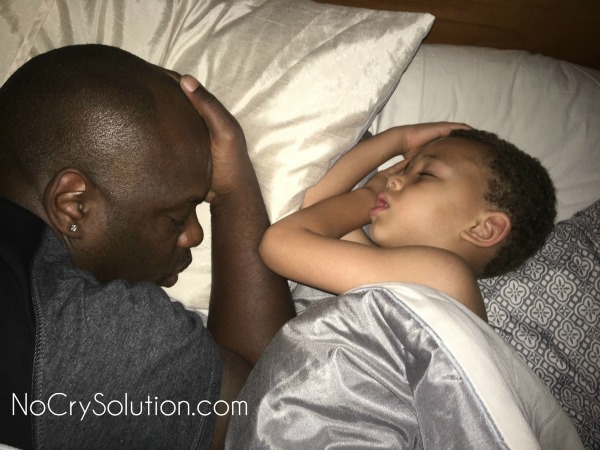
At some point children resist their daily nap and parents ask, “When is it time to end the nap routine?” The best answer to that question might be “Never!”
Naps take only an hour or two out of the day, but naps – or lack of naps – can shape all twenty-four hours of your child’s day. They have the power to influence mood, behavior, health, and brain development. Naps can affect how happy your child is in the morning and how easily she’ll go to bed at night. An appropriate nap schedule is a vital component for your child’s healthy, happy life.
Naps are a biological necessity.
Children have natural dips in energy and alertness during the day, even after a full night’s sleep. A lack of response to this natural craving for rest can result in a biological misfiring that leads to behavioral, emotional and physical problems. Naps that correspond with these energy dips fill a child’s inherent need for rest, which allows the body and mind to function properly.
Naps reduce the day’s fussiness, wining and tantrums.
A mid-day nap enables the body to release cortisol and other hormones that combat daily stress and tension. Without the release of these hormones they build to uncontrollable levels which create inner pressure that erupts as fussiness, whininess and tantrums.
Naps fill gaps from poor nighttime sleep.
Napping can help a child recover from any problems or shortages in the prior night’s sleep. Any shortage of night sleep is damaging to your child’s health and behavior, so naps are a critically important way for children to make up for less than a perfect night’s sleep.
Naps improve brain development.
Adequate sleep is crucial to proper brain development, and studies indicate that daytime napping may play a role in learning by helping to convert new information into a more permanent place in the memory. Naps allow a child mid-day pauses to store new information and make room for the remainder of the day’s learning.
What if my child refuses to nap?
You now understand the many benefits of a mid-day snooze, but it can be hard to convince your child! If your little one resists then try reducing the pressure by calling this a “rest break” – turn out the lights and listen to a child’s audiobook as you lay in bed. You both might end up with a much needed catnap!
For more nap ideas check out The No-Cry Nap Solution by Elizabeth Pantley.



























